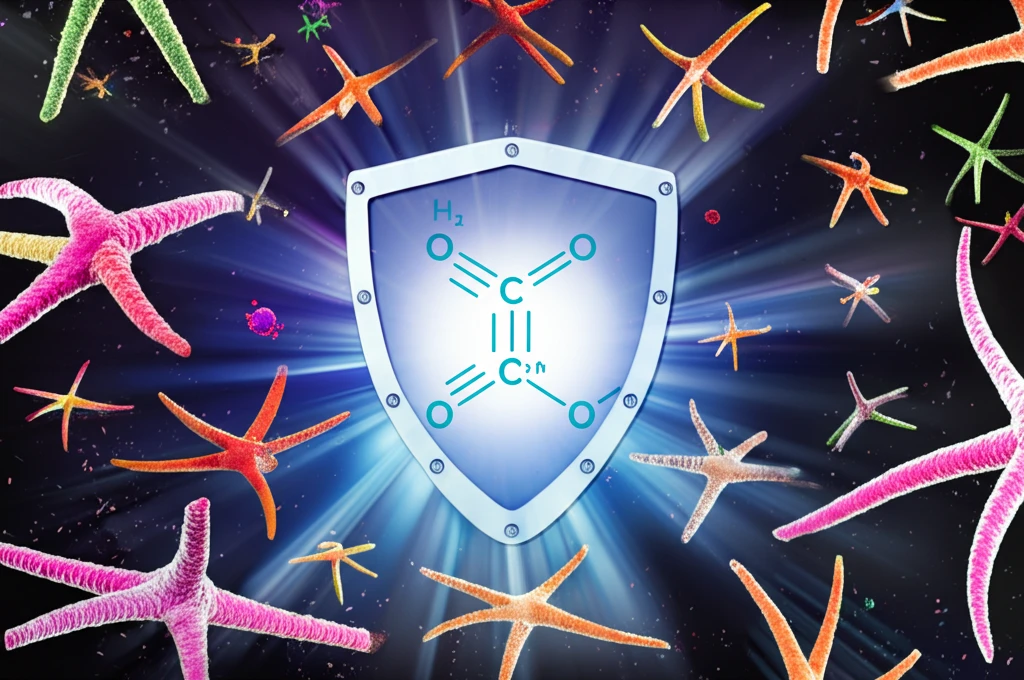
Decoding Free Radicals: How Cysteine Can Shield Your Cells
"A groundbreaking study illuminates how cysteine interacts with free radicals, potentially unlocking new strategies for combating oxidative stress and cellular damage."
In the intricate world of biochemistry, free radicals often play the role of disruptive agents, capable of inflicting damage on proteins, DNA, and lipids. This oxidative stress is implicated in numerous diseases, from cancer to neurodegenerative disorders, making the study of radical behavior crucial. Cysteine, a sulfur-containing amino acid, emerges as a key player in this arena, offering a potential line of defense against these molecular marauders.
Recent theoretical studies have delved into the interactions between cysteine and various free radicals, seeking to understand the mechanisms behind cysteine's protective capabilities. By exploring these interactions at a molecular level, researchers hope to uncover new strategies for mitigating oxidative stress and promoting cellular health. This article explores the findings of a compelling study that uses theoretical methods to evaluate how cysteine reacts with different free radicals in biological conditions.
This cutting-edge study, featured in ACS Omega (2018), utilizes sophisticated computational methods to explore the kinetic and thermodynamic properties of reactions between cysteine and free radicals. This research not only sheds light on the intricate dance between these molecules but also paves the way for innovative approaches to combatting oxidative stress-related diseases.
Cysteine vs. Free Radicals: A Molecular Showdown

The study focuses on two primary types of reactions: hydrogen-transfer (HT) and single-electron transfer (SET). Hydrogen transfer involves the removal of a hydrogen atom from cysteine by a free radical, while single-electron transfer involves the transfer of an electron from cysteine to the radical. These reactions were examined in both aqueous (water-based) and lipid (fat-based) environments to mimic the diverse conditions within a cell.
- Gamma Site Dominance: The gamma site (thiol group) of cysteine is highly reactive in HT reactions.
- SET Reactions: Single-electron transfer reactions are generally faster in aqueous environments.
- Environmental Influence: The environment (aqueous vs. lipid) significantly impacts reaction rates and mechanisms.
- Bell-Evans-Polanyi Principle: This principle doesn't apply to amino acid-free radical reactions, emphasizing the need for kinetic calculations.
Protecting Your Cells: Practical Takeaways
While this study is theoretical, its implications are significant. By understanding how cysteine interacts with free radicals, scientists can develop more effective strategies to combat oxidative stress. This could involve designing new drugs that mimic cysteine's protective effects or identifying dietary strategies to boost cysteine levels in the body. Future studies may expand on these findings by examining other amino acids and antioxidants, further refining our understanding of cellular defense mechanisms.
